We feel fit and sizing all over the foot; we can feel the temperature and how the shoe insulates from the cold or traps in heat and sweat; we feel the wobbliness or stability while standing, but also when turning a corner or running over uneven ground; and we feel how the midsole gives under our feet when we press at the heel or forefoot.
The challenge is to interpret the way a shoe feels with regard to how it will keep you healthy day after day. Here are some of the ways we use the design and construction to ensure the best fit, stress reduction, and stability. Said another way, these are some ways to think about and interpret the sensations we all feel when testing out athletic shoes, especially Vimazi shoes.
SIZING & LACING
Before you can accurately sense how a shoe feels, you need to spend a few minutes getting the fit exactly right. Thankfully, laces are the best fit invention ever created. This means that as long as you have the correct length (size), you should be able to fine tune the fit just so. Pro tip: Thread the lace through the top most eyelet first, then cross over to thread it through the eyelet second from the top. This will create a more snug heel fit and keep the lace knot lower down on your instep.

SOFTNESS & SHOCK REDUCTION
Perhaps the most important thing you want to know about a running shoe is how it handles shock so that your joints, tendons, and cartilage remain healthy through all the pounding. The softer the midsole, the more impact shock reduction. A very good thing for protecting the heel, back, and hips. But a soft forefoot compresses too much under the big toe, causing the whole foot to tilt to the side. This kind of additional movement due to the shoe puts excess stress on the feet, ankles, and knees. That's a bad thing. That is why Vimazi engineers the midsole to be firmer in the forefoot and much softer in the heel. You get the best of both worlds. How does it feel? It feels smooth and stable, so you'll know that it's taking stress off of your joints.




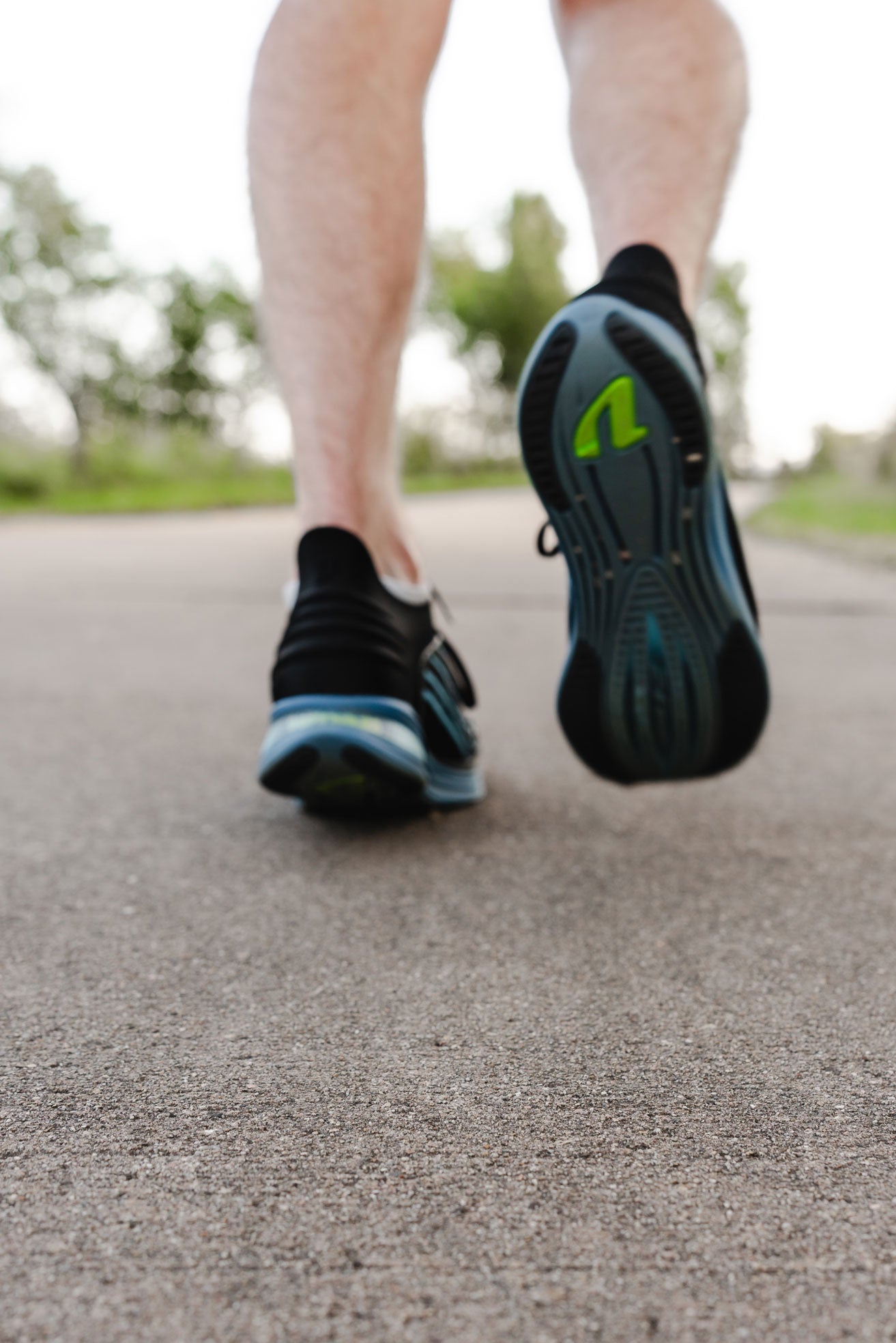
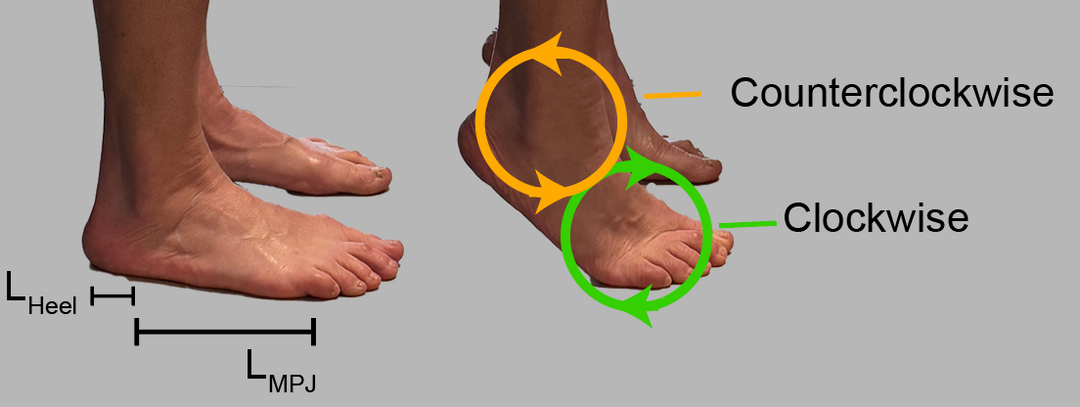
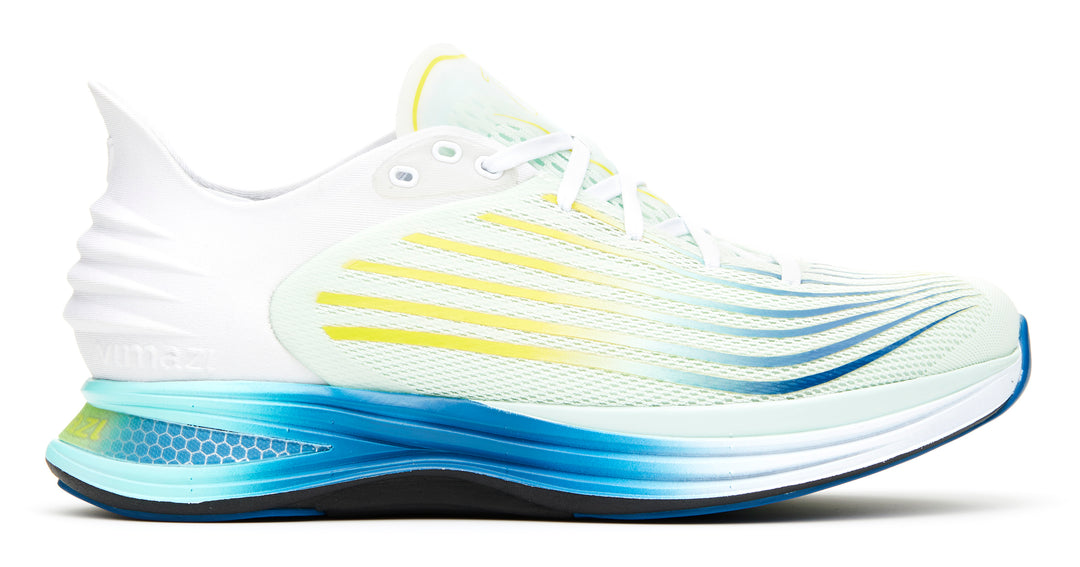
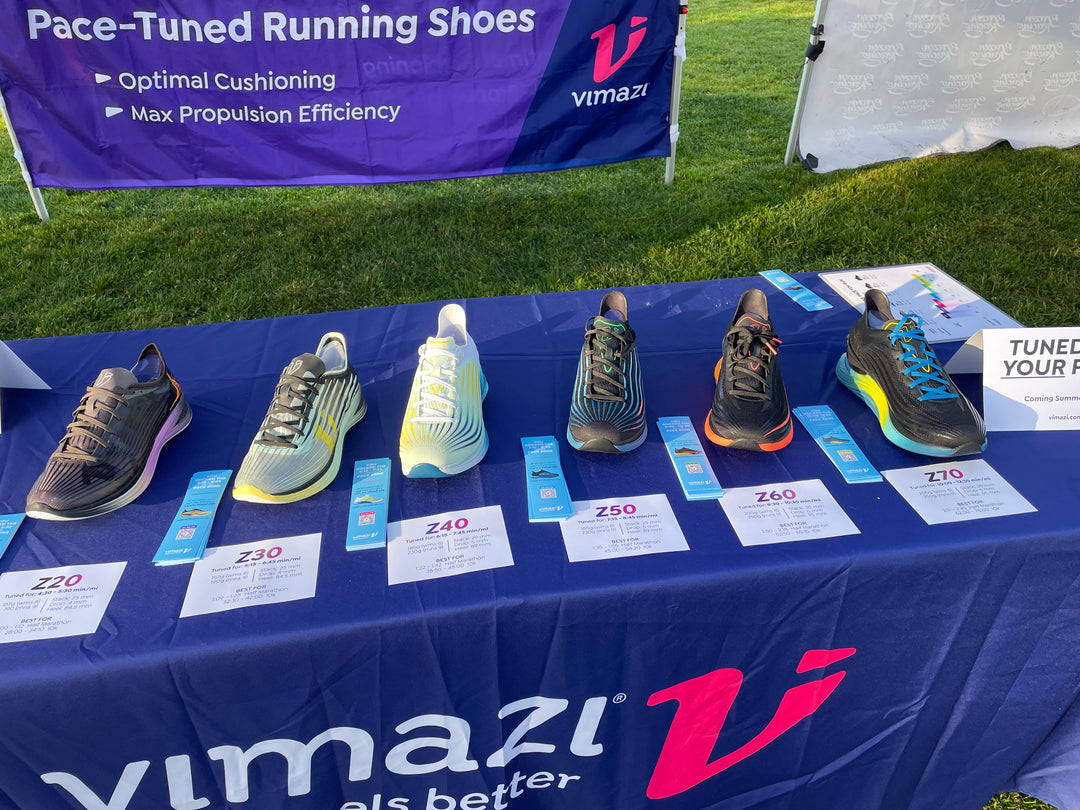
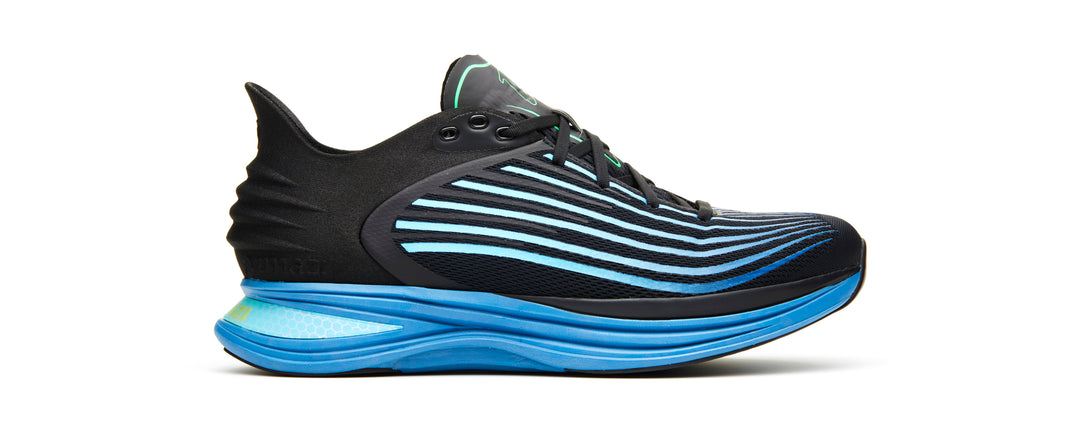
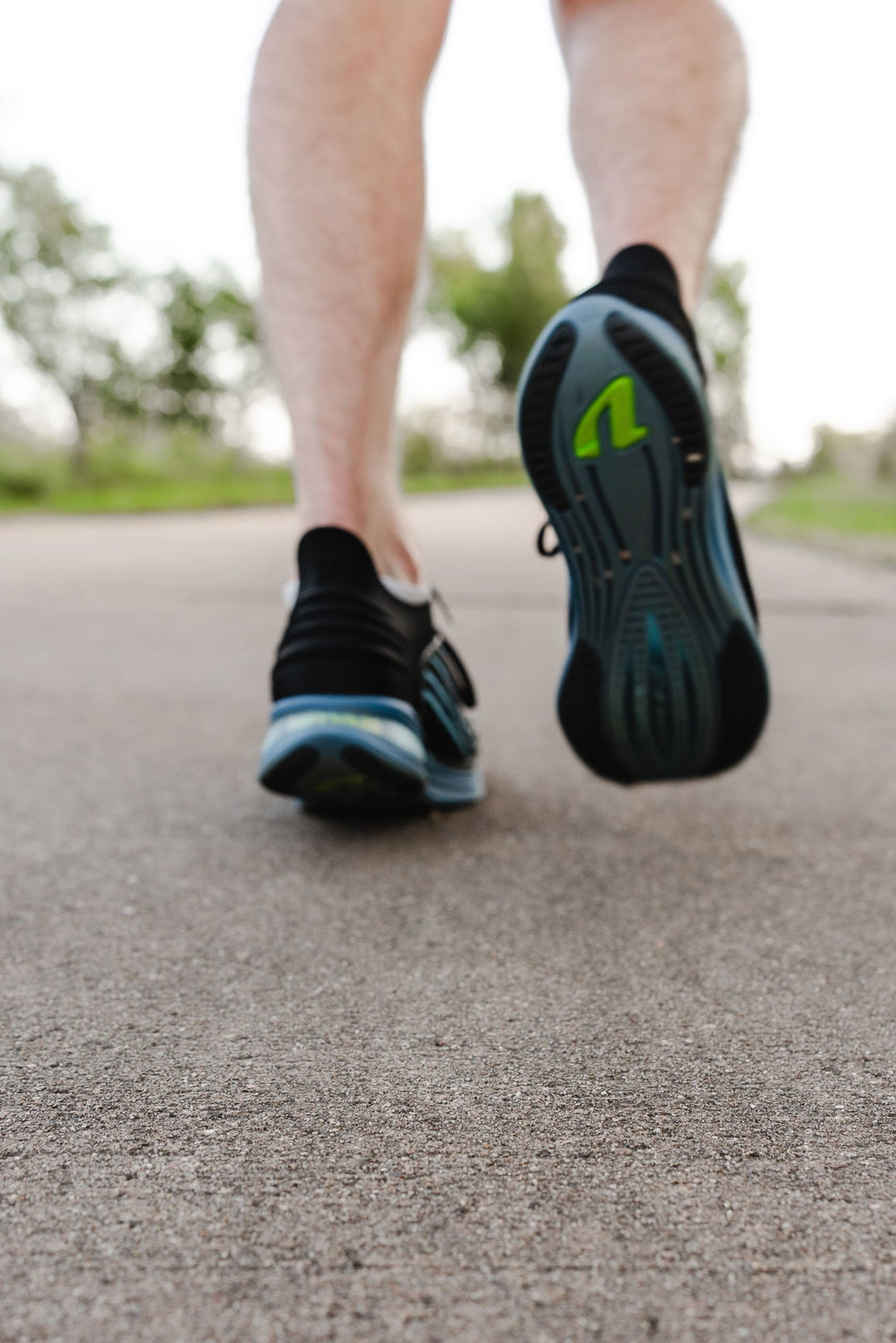
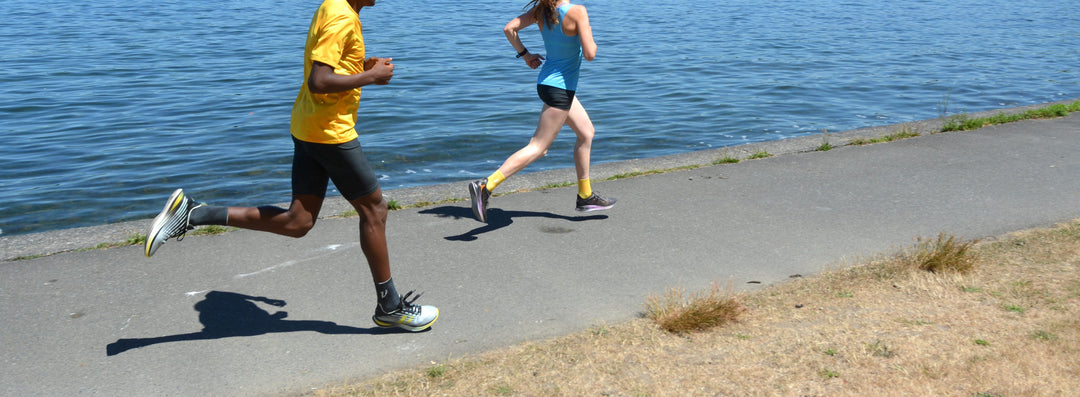
Leave a comment